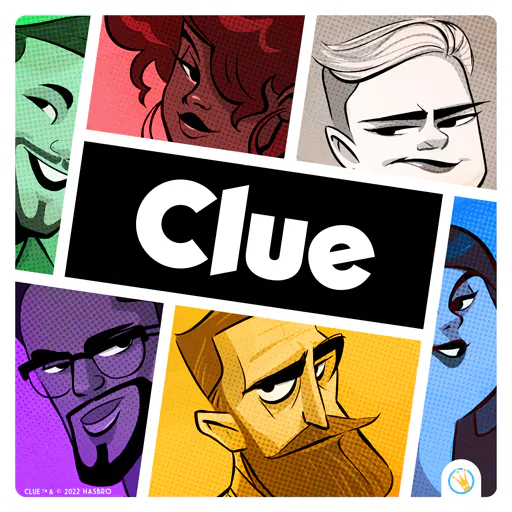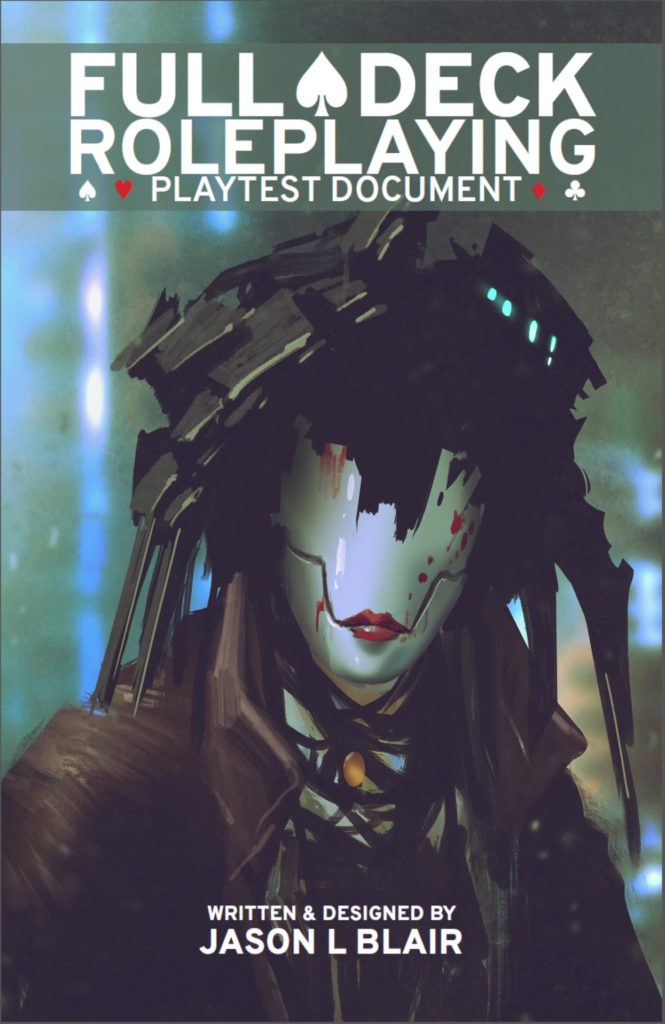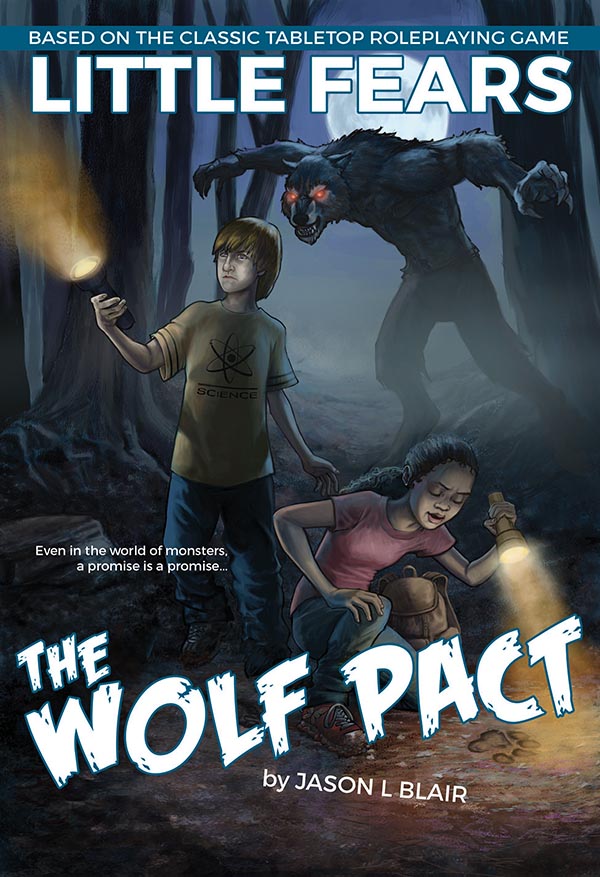Character Collection: Dark•Matter (Alternity)
August 2nd, 2010character collection, rpgI was turned onto Alternity about this time last year. Though I forget the source of the initial spark, the fire caught quick and burned bright. I read everything I could on it, scouring Wikipedia, online reviews, and the excellent fan community website AlternityRPG.net. Something about the game hooked me and, through resources such as Noble Knight, gifts from very generous friends, and the occasional rare find at used book stores, I’ve managed to collect almost everything that was released for the line.
You could say I’ve become quite the fan. Unfortunately, I haven’t had a chance yet to play it. I haven’t even made a character. But I’m going to fix that last part right now.
A Bit about Alternity
Designed by Bill Slavicsek and Richard Baker, Alternity was TSR’s sci-fi cousin to its fantasy titan Dungeons & Dragons. Two books form the basis of the system, the Player’s Handbook and the Gamemaster Guide, with supplements rounding out the core concept and a handful of campaign settings that tort the system towards various ends.
Alternity is a generic system, as much as any system can be generic, and differentiates itself from its cousin in a couple notable ways. The first is a roll-under system, which has a penalty- and bonus-focused step system where a player rolls a control die (d20) and another die (anything from d4 to 3d20) and either adds or subtracts that second die from the control die based on situational modifiers and whatnot. The second notable is an experience system based on achievements, wherein characters get access to bigger and better things (such as leveling up skills and abilities) by completing certain goals throughout a game session. It’s a subtle touch, but given its place in history, a much-needed one. Oh, and a third is its initiative system, called Action Check, which has this cool four-phase system for determining who acts when. I won’t get into it too much here but more information can be found online. I really like that set-up for actions.
The Alternity game line lived for just over two years. During its development prior to release, its parent TSR was bought out by Wizards of the Coast, and then, in 2000, Dungeons & Dragons 3rd Edition introduced d20 and its open gaming license and changed the face of popular gaming. Though the Alternity system was a casualty of that shift, parts of it did live to see the light of day yet again.
Campaign Settings
Four official campaign settings were released: two original, one classic, and one licensed.
The first original setting, Star*Drive, took the Alternity to its logical space opera extension. Star*Drive concerned itself with life in the Verge and had all the juicy space opera bits you could want: exotic locales, strange alien races, fragile alliances, and far-reaching political machinations. This was the most supported of all the Alternity lines.
The second original setting, Dark•Matter, took Alternity to a rather unexpected place: modern conspiracy horror. Four books were released for this setting but they’re good stuff: the main campaign setting, a weapons and equipment guide, a lengthy scenario, and a brilliant monster book called Xenoforms.
The third setting was the revival of the venerable post-apocalyptic stage, Gamma World. This was the setting’s fifth incarnation and also its shortest as it only saw one book, the core book, released.
The fourth and final setting was StarCraft, based on Blizzard Entertainment’s wildly popular eponymous real-time strategy game for the PC. Released as a box set, the product included a couple booklets and some dice, everything you needed to play the game. It used a streamlined (for some, stripped down) version of the Alternity rules.
The two signature Alternity settings were brought back under d20 Modern and d20 Future respectively.
Let’s Make a Character
For the character collection today, I’ve chosen my favorite of the official campaign settings, Dark•Matter. In Dark•Matter, you are an agent of the Hoffmann Institute, a shadowy global conspiracy that studies the true history of the world, collects and catalogs bizarre finds, and protects all us regular folk from things that bump and snarl and drive mortals beyond the brink of madness.
It’s like Wolfgang Baur and Monte Cook, the authors of the core book, read my mind and wrote a game specifically to draw me in. (And, given the concept, maybe they did. *cue theremin music*)
Game: Dark•Matter
Publisher: Wizards of the Coast
System: Alternity
Books Needed: Alternity Player’s Handbook, Dark•Matter Campaign Setting Core Book
Note: Character creation rules are contained within the Alternity Player’s Handbook with additional skills, perks, and flaws presented in the Dark•Matter main book. According to page 20 in the aforementioned Player’s Handbook, you can create a character in nine steps. Also, though Dark•Matter includes its own version of the character sheet, I’m using a generic Alternity sheet as that’s what I can print from PDF.
Let’s begin!
Click “Read More” to jump down the rabbit hole.
Read More »


